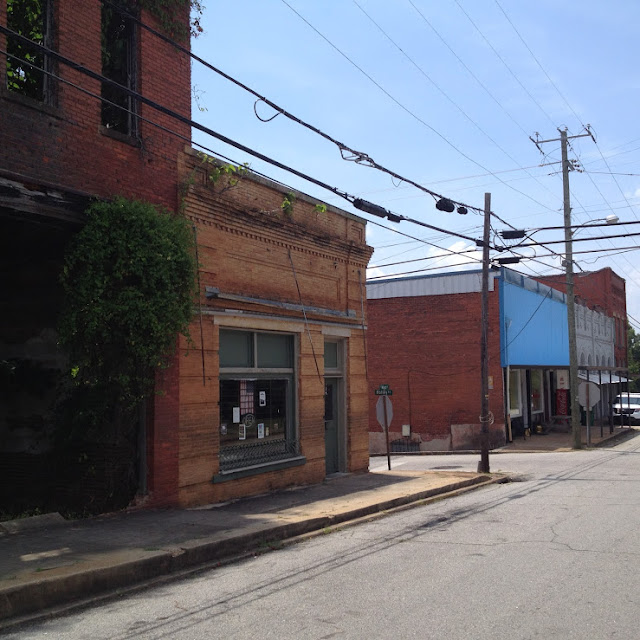The photos here are mostly from that training period at Auburn. Notes on those and the others are below. Who took these photos is a mystery. The handwritten notes on the backs were written by my father many years later.
Auburn faithful will recognize the iconic Samford Hall clock tower in the background of this photo.
This draft registration card is dated June 5, 1917. It notes that he was a "natural born citizen" with a birth date in September 1894. So he was 24 while training in Auburn.
PawPaw and my grandmother Rosa Mae lived in Gadsden. The 1920 U.S. Census gives his occupation as a laborer at a lumber company; he may have been doing similar work in 1918. In a 1927 Gadsden city directory he's listed as a "switchman", which means he had begun working for the L&N Railroad. He worked there until retirement in the 1960's.
She must have come to visit while he trained. I wonder if that building at Auburn is still standing. My grandmother was known in her younger years to be fond of hats.
Civilian Marksmanship Program matches began in 1903. They were moved to Camp Perry, Ohio, in 1907 and continue to be held there each summer.
I wonder if PawPaw got to ride in one of those biplanes in the background.
This picture was published on August 3, 1941, just four months before Pearl Harbor.
Sometime in the late 1950's PawPaw spent several months in this facility.








































































